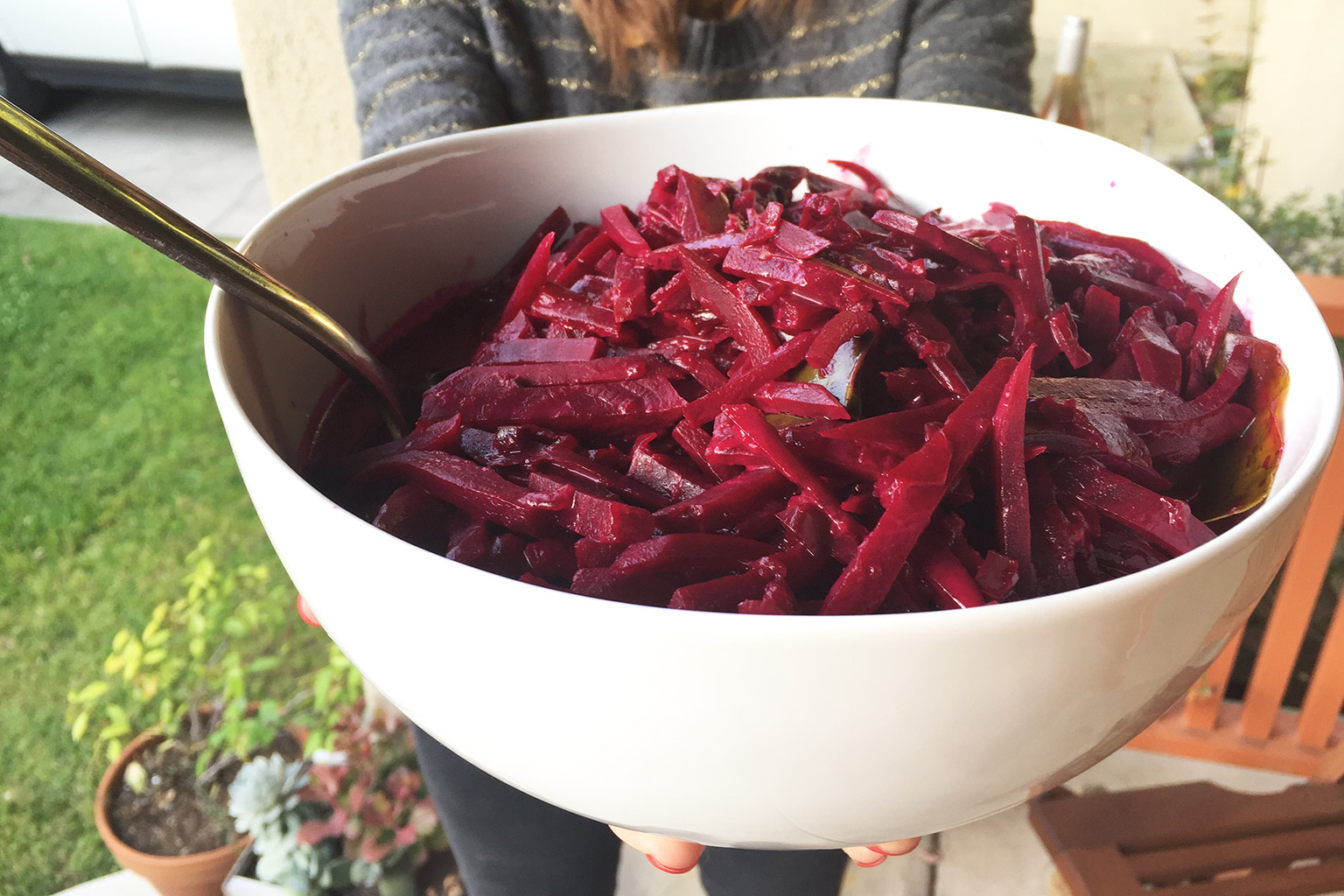We love pancakes. But do you know what we love more than pancakes, Reader? Flapjacks!
Stupid scientists.
This recipe is based on the Gluten-Free Goddess’ write-up, adapting it to make it vegan-friendly + using a wider range of gluten-free flours as the base. We’ve found that many gluten-free flours, while great, can have a perceivable grittiness (rice) or distinct flavor (garbanzo, millet) that sometimes distract from the gestalt of certain dishes. All of the flours below should be easy enough to find at your local health food store. We used all Bob’s Red Mill.
Dry Ingredients
◊ 1/4 cup Brown Rice Flour
◊ 1/4 cup Millet Flour
◊ 1/4 cup Gluten-Free Oat Four
◊ 1/4 cup Garbanzo/Chickpea Flour
◊ 1/4 cup Almond Flour
◊ 1/4 cup Potato Starch or Tapioca Starch
◊ 1 1/2 teaspoons Baking Powder
◊ 3/4 teaspoon Salt
Wet Ingredients
◊ 1 3/4 cup Almond Milk (or other Non-Dairy Milk)
◊ 2 Flax Eggs (see below)
◊ 4 tablespoons Canola Oil
◊ 1 tablespoon Agave Nectar
◊ 1 teaspoon Vanilla Extract
◊ 1 teaspoon Almond Extract
First, the egg replacer. We used to use Bob’s Red Mill Egg Replacer, which was pretty effective, but essentially a mix of garbanzo flour and wheat gluten, making it not so gluten-free. Since making the move to lessen the amount of gluten we introduce into our diets, we’ve discovered (via the internet + the hard work of others) “flax eggs”. Flax eggs are one part ground flax seed (again, easily findable at your local health food store; also made by Bob in his Red Mill), three parts cold water. Once whisked together in a small bowl, chill it in the fridge for at least 10 minutes. The resulting consistency is frightfully reminiscent of a runny egg, making is great for baking and the like. We use the conversion of 1 tablespoon ground flax + 3 tablespoons of cold water chilled = 1 egg. So, whip that up and set in the fridge while you prep your dry ingredients.
Heat a heavy-bottom, ideally cast iron skillet over medium heat. In a large mixing bowl, whisk together your dry ingredients. Now form a small well int he middle and add your wet ingredients, including the flax egg, and beat to mix everything together into a smooth batter. It shouldn’t be too thick—you want to be able to pour it into the skillet and have it stop expanding on it’s own over the heat to form a good sized flapjack.
We like to test the heat and the viscosity of the batter by making a tiny test pancake first. Our dog, Owen, also enjoys it when we do this. Once you feel good about the heat + consistency (add a little almond milk and stir if it’s too thick; add a little bit of one of your flours and mix if it’s too thin), start in on your human-sized flapjacks, pouring out and carefully flipping after tiny bubbles have formed all over the uncooked side of the flapjack. Check on your first one though to make sure you’re not burning the underside too though. After a couple flapjacks, you’ll geta good sense of the rhythm. You can then stack finishes…jacks?…on an oven-safe plate, storing them in a warm over until you’re done.
Top with vegan margarine, real maple syrup, shaved fresh cinnamon and nutmeg, or whatever you like.


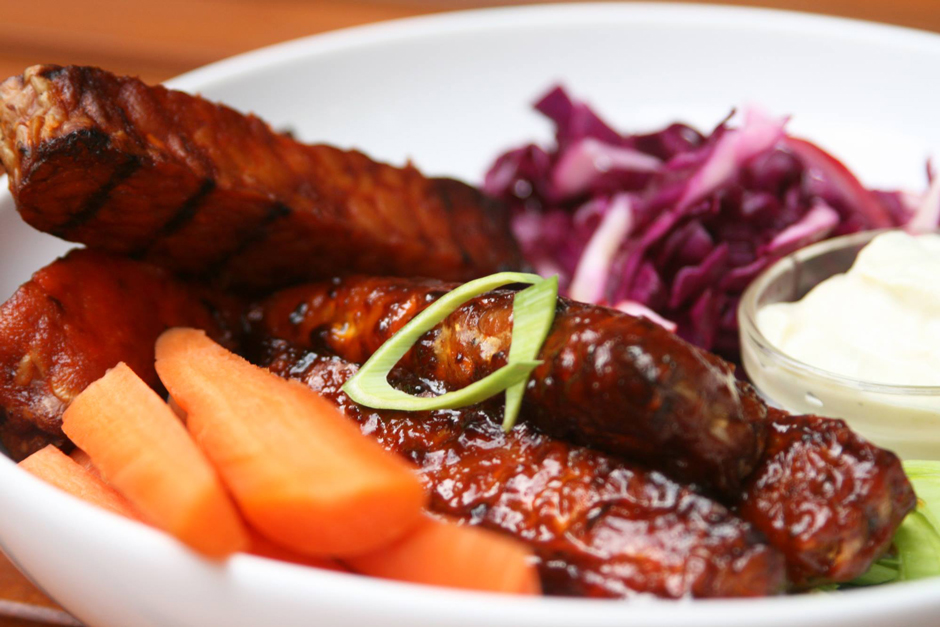
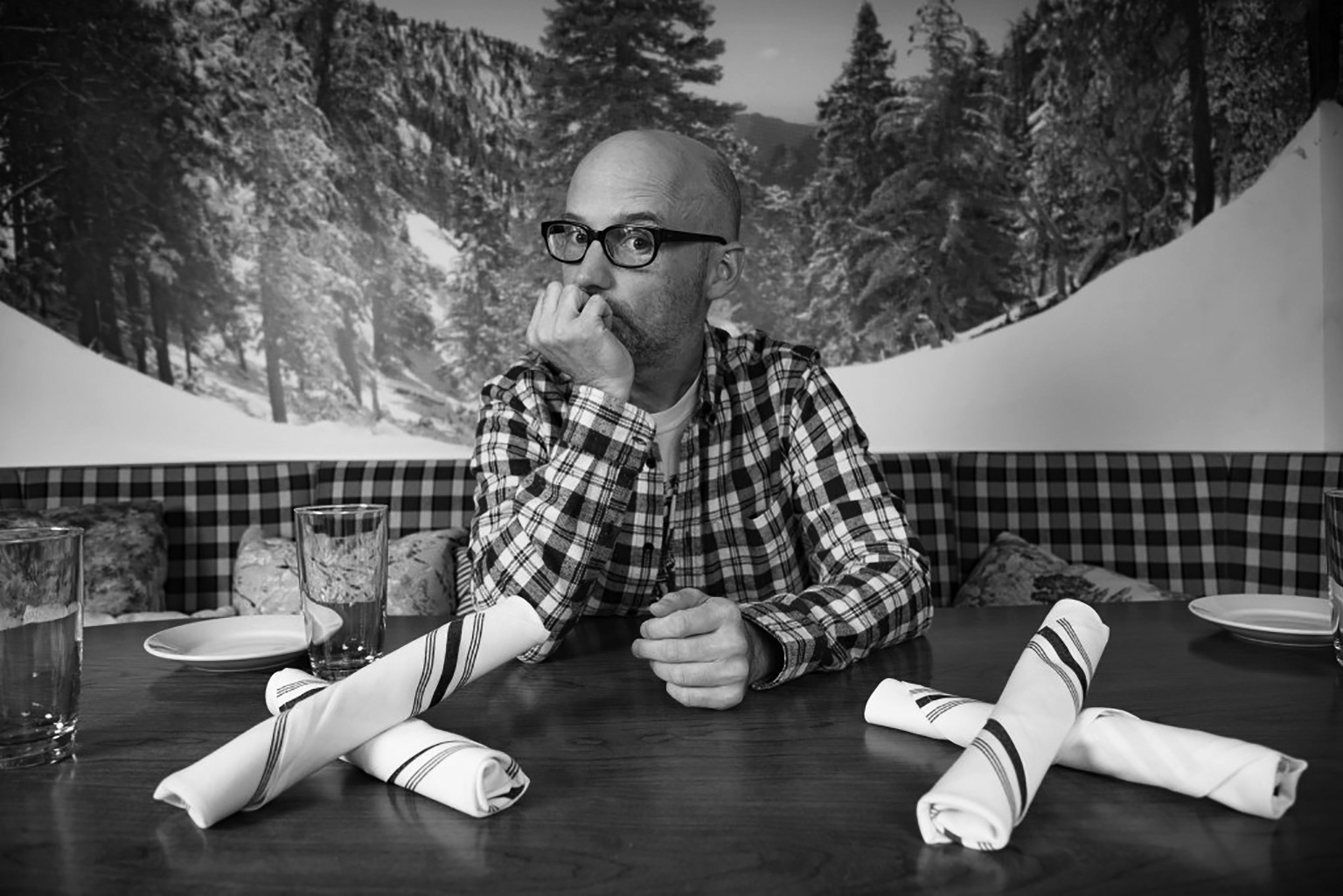


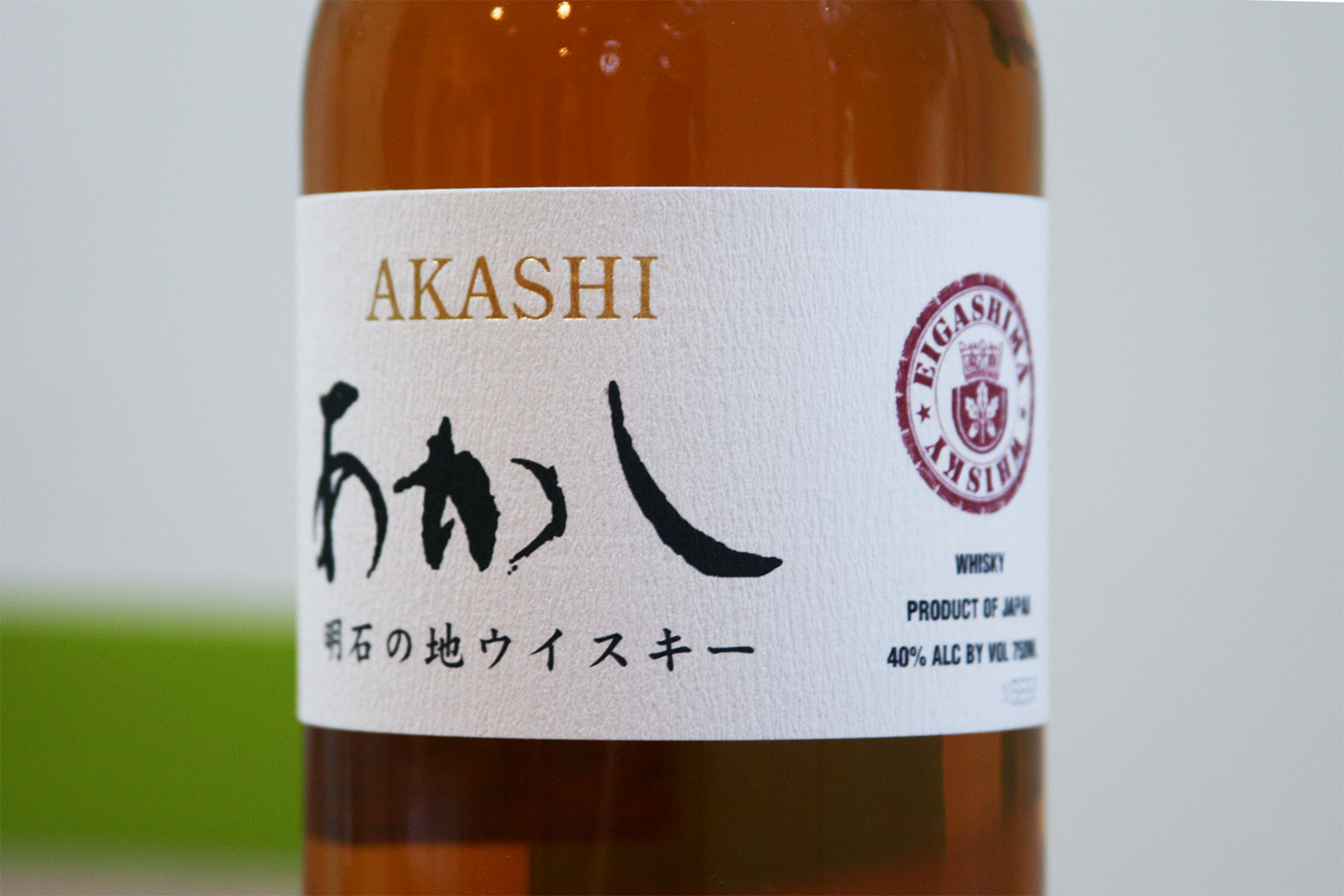
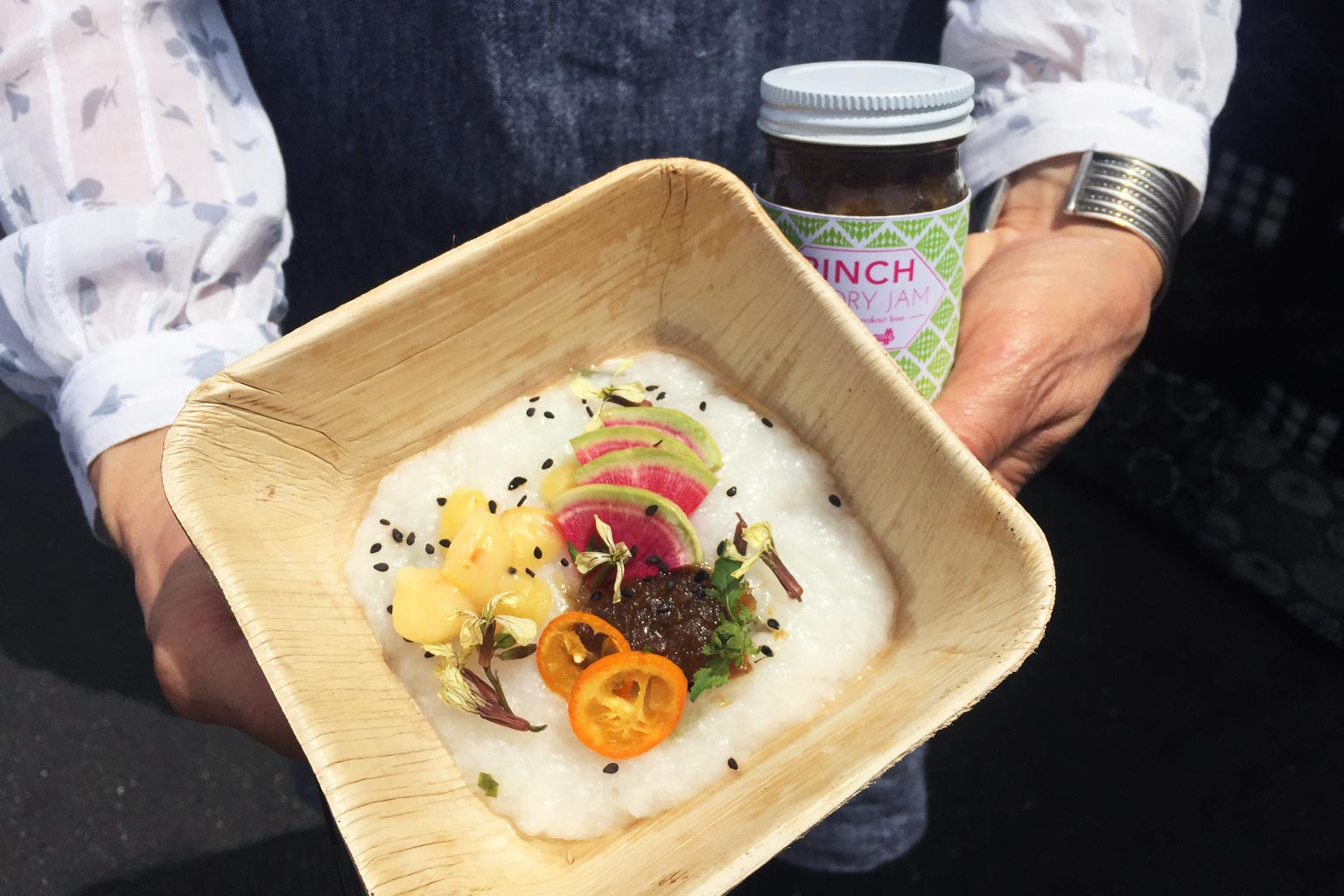
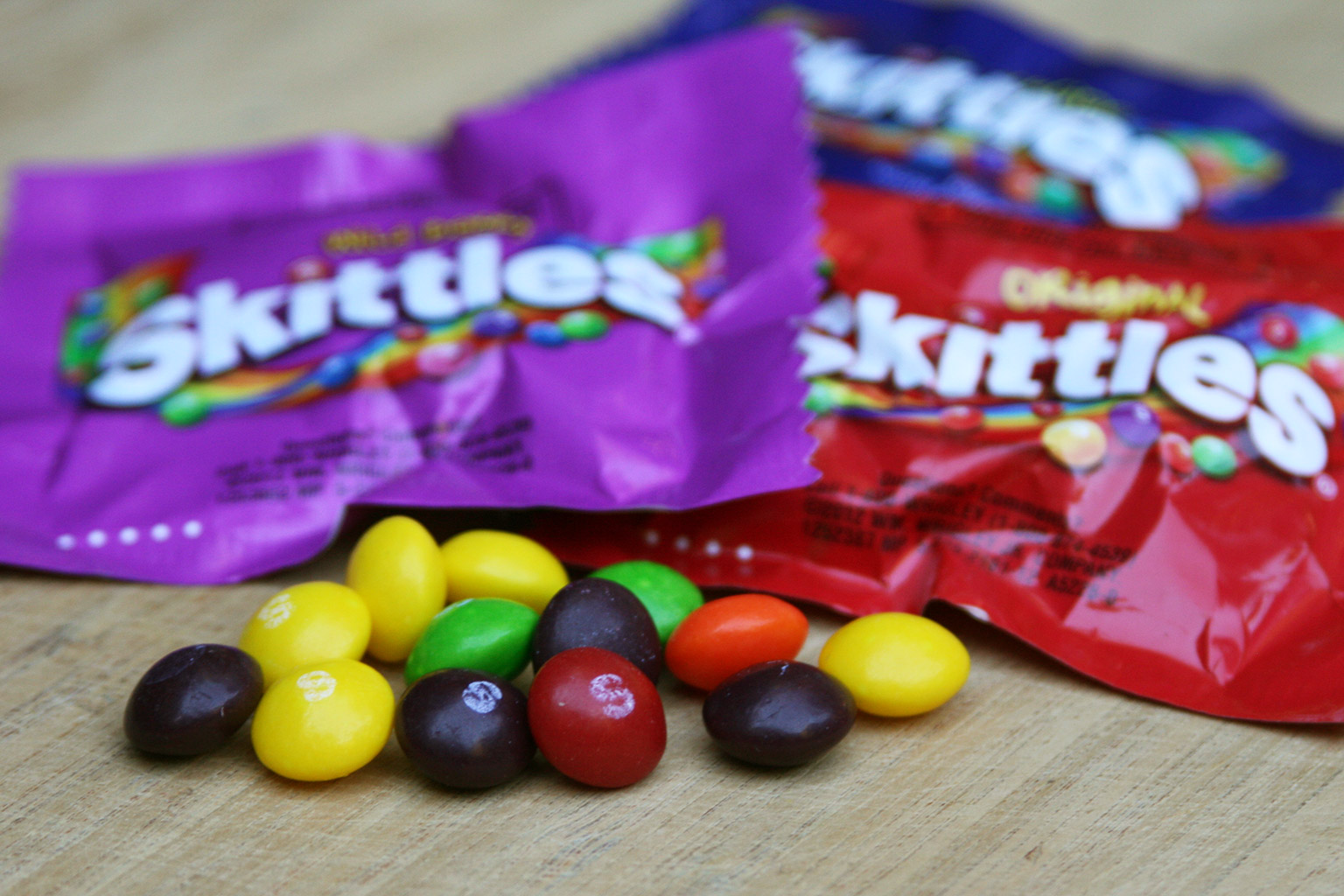







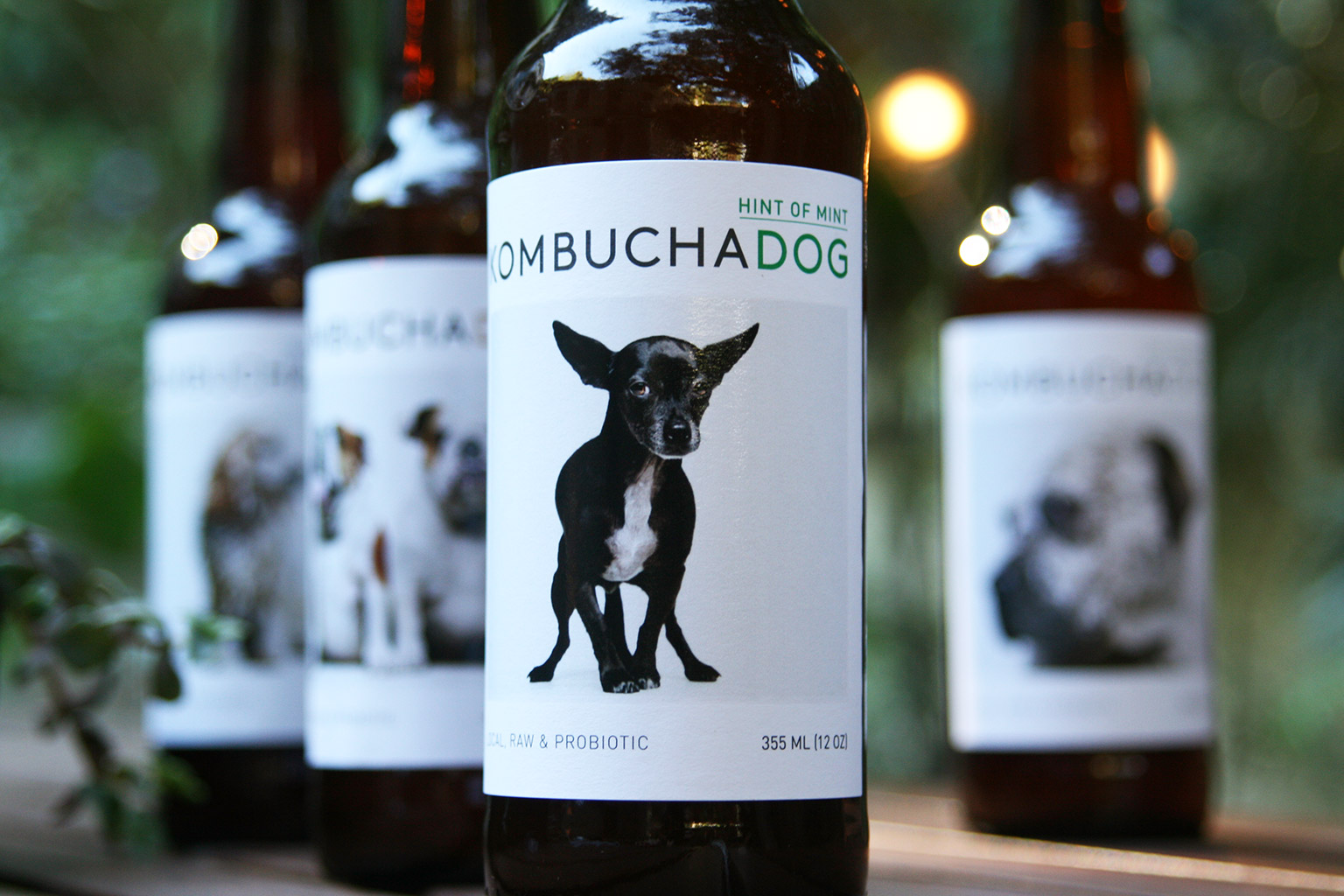
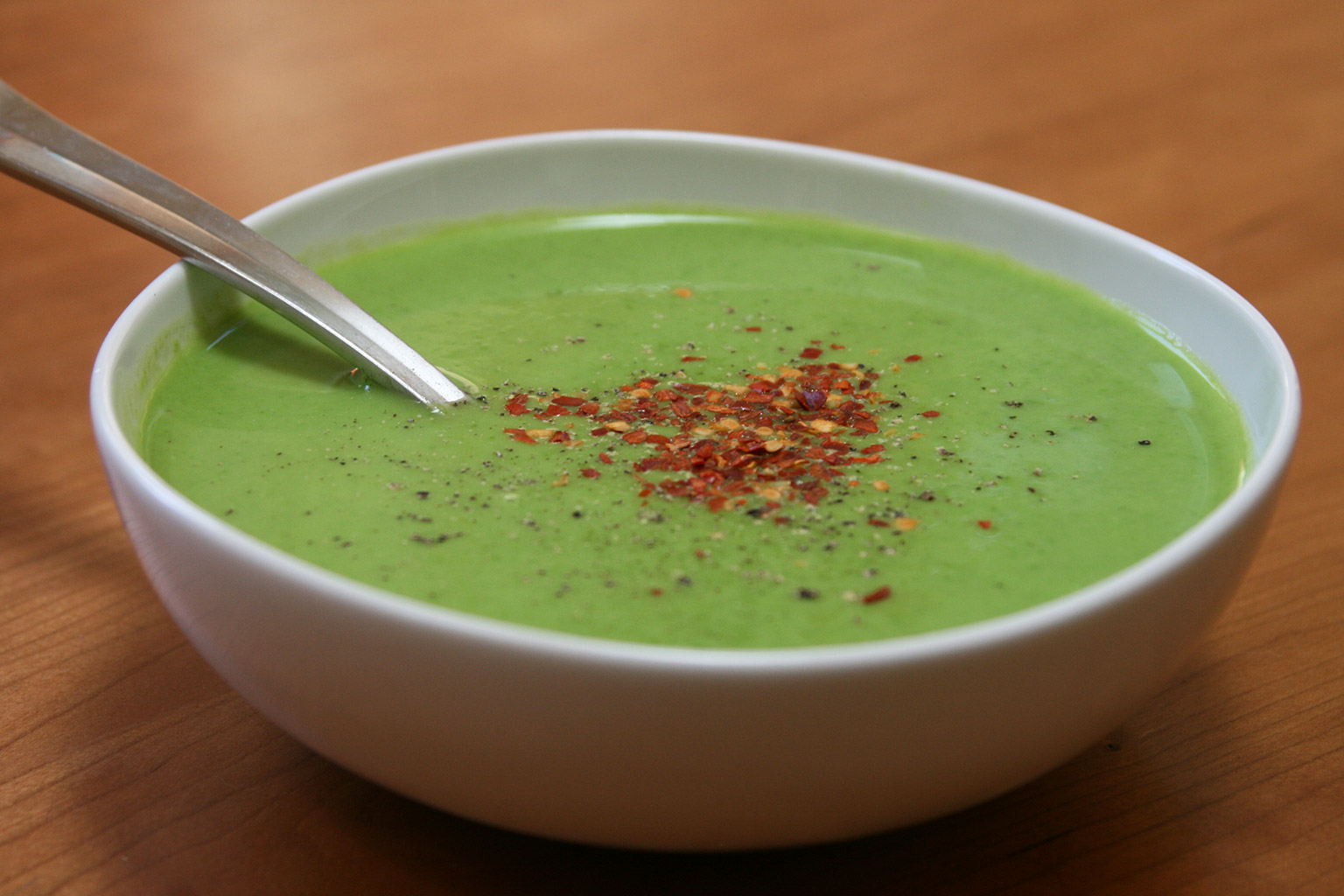

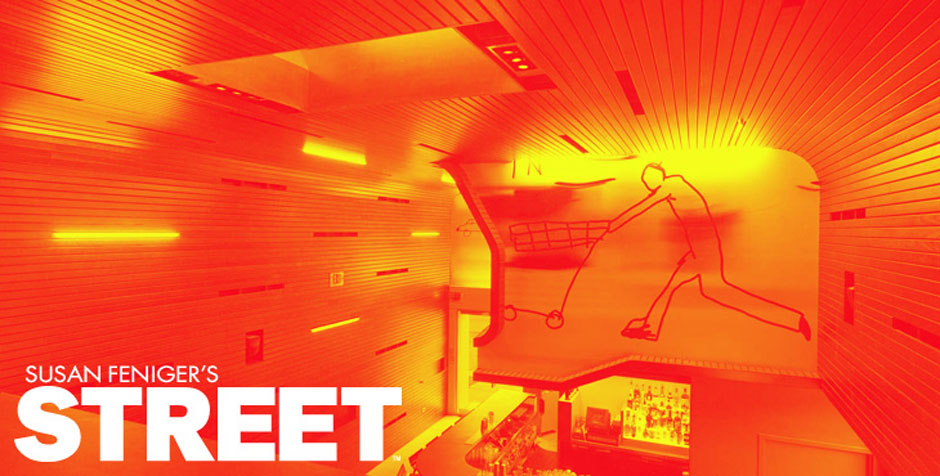
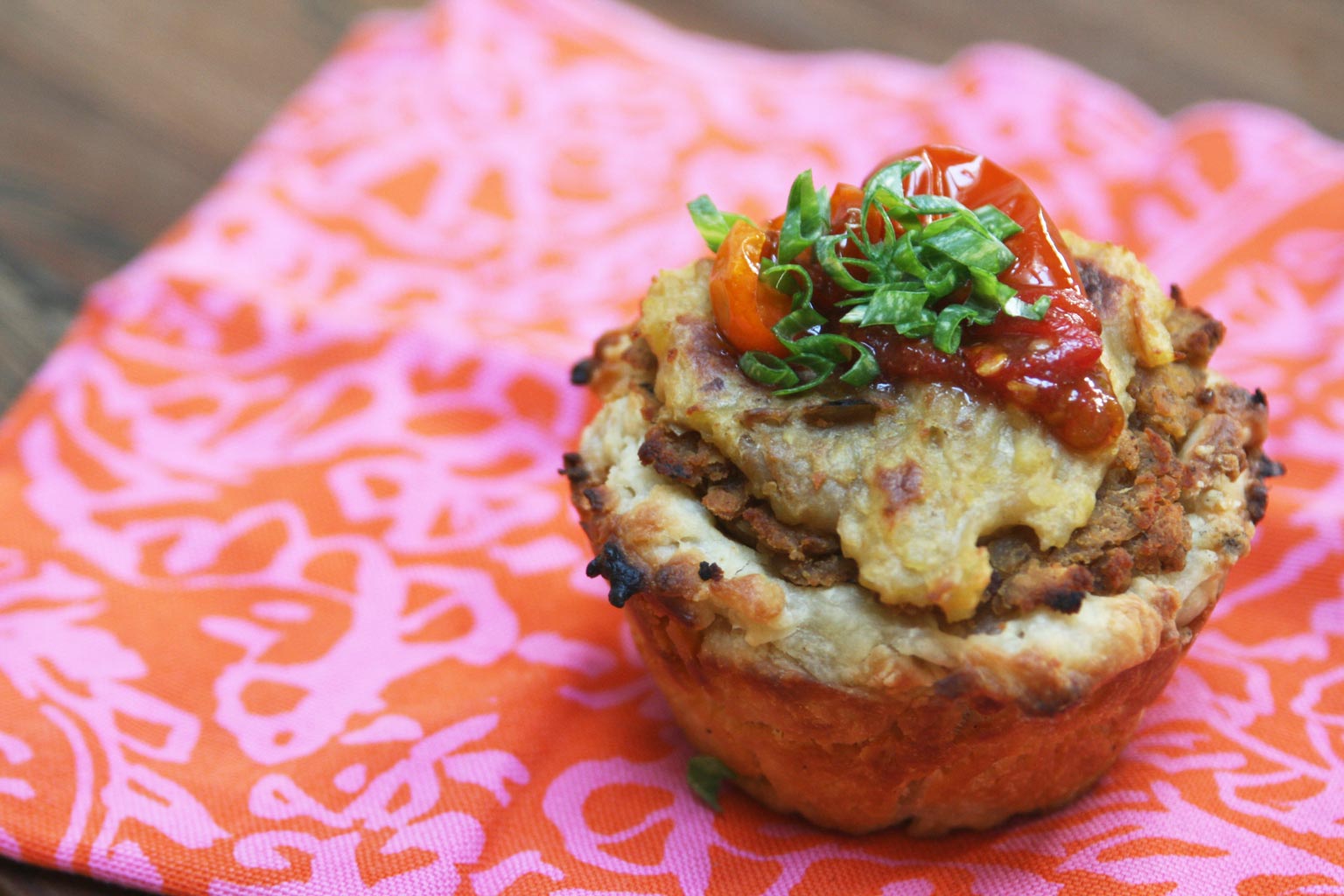



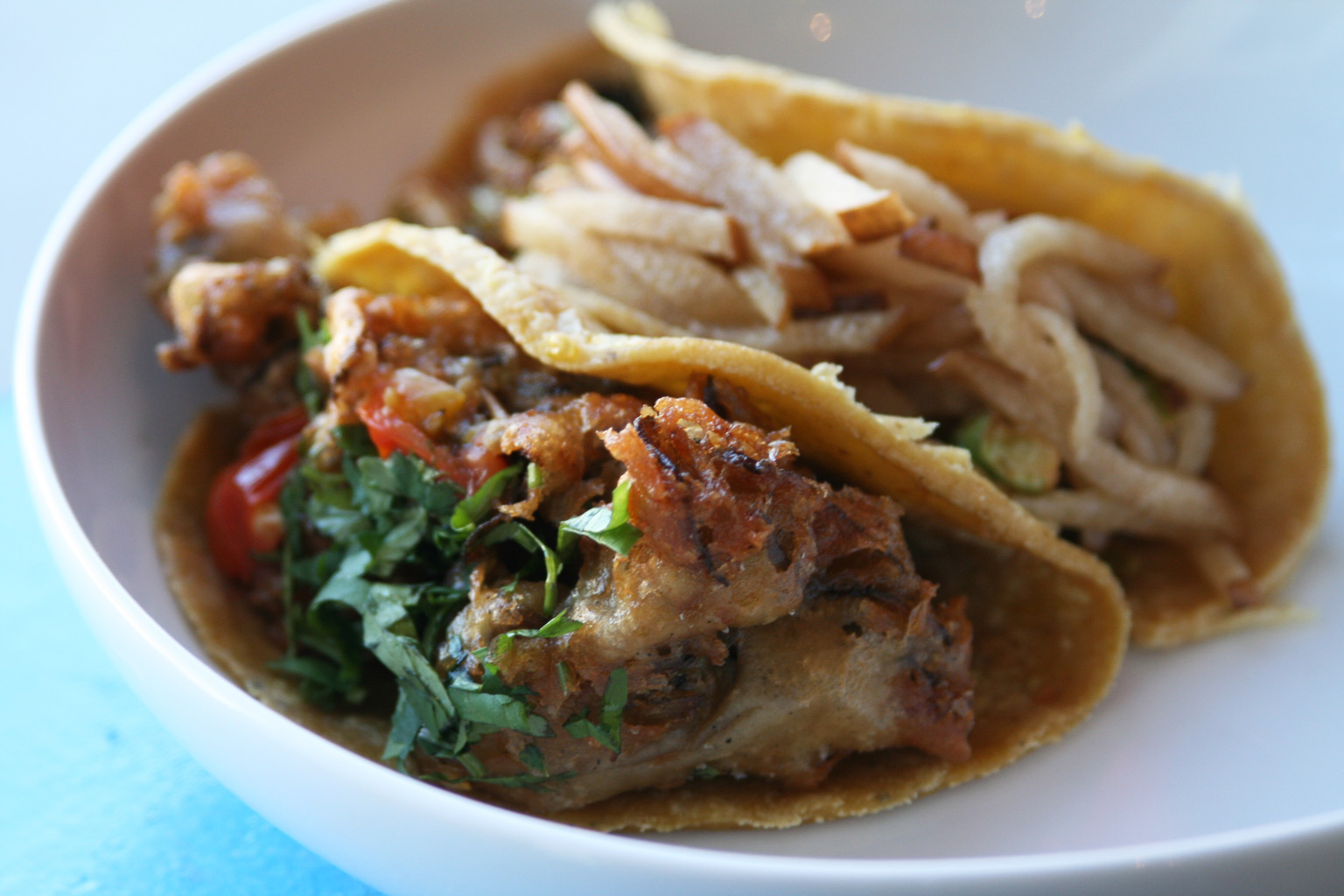
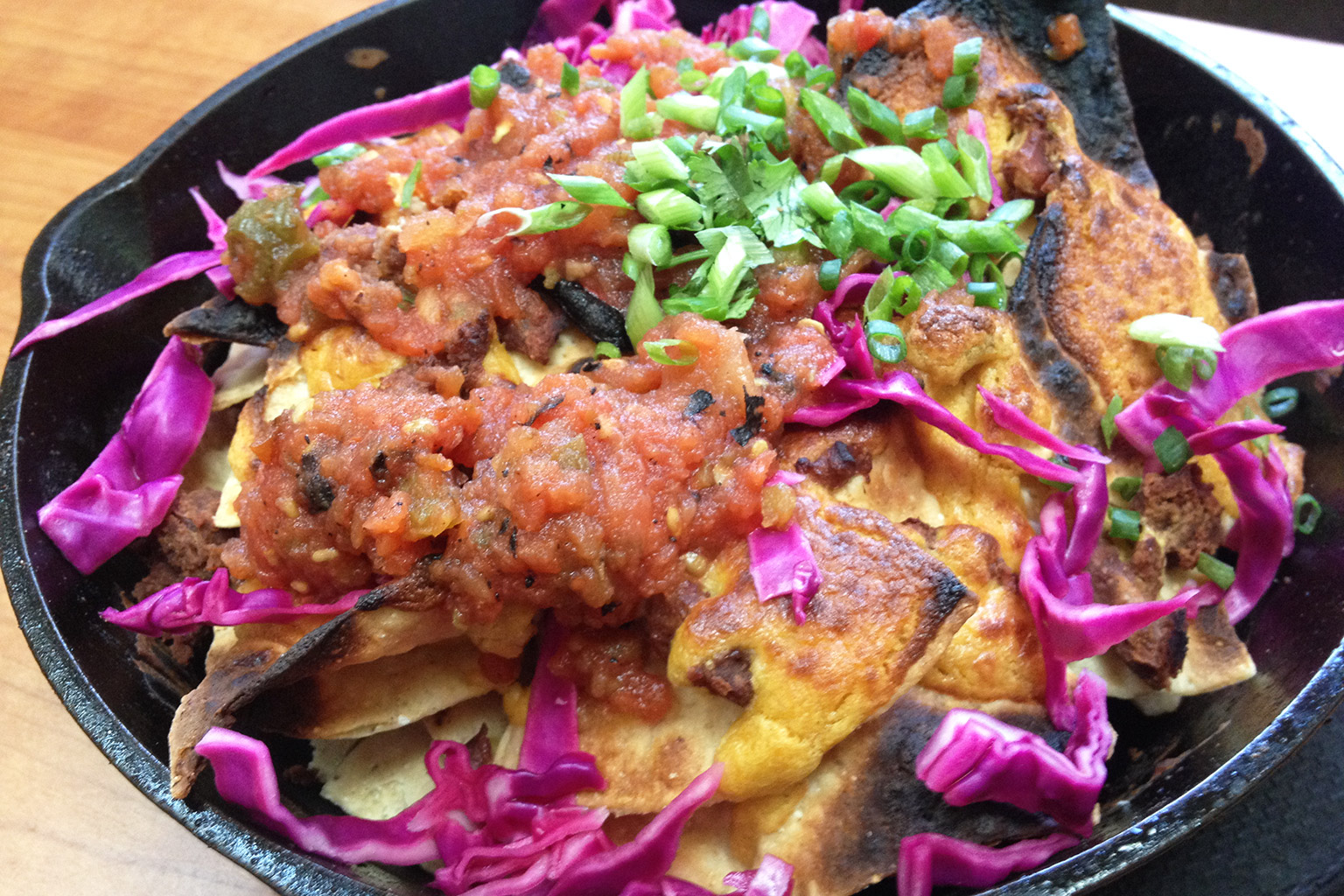










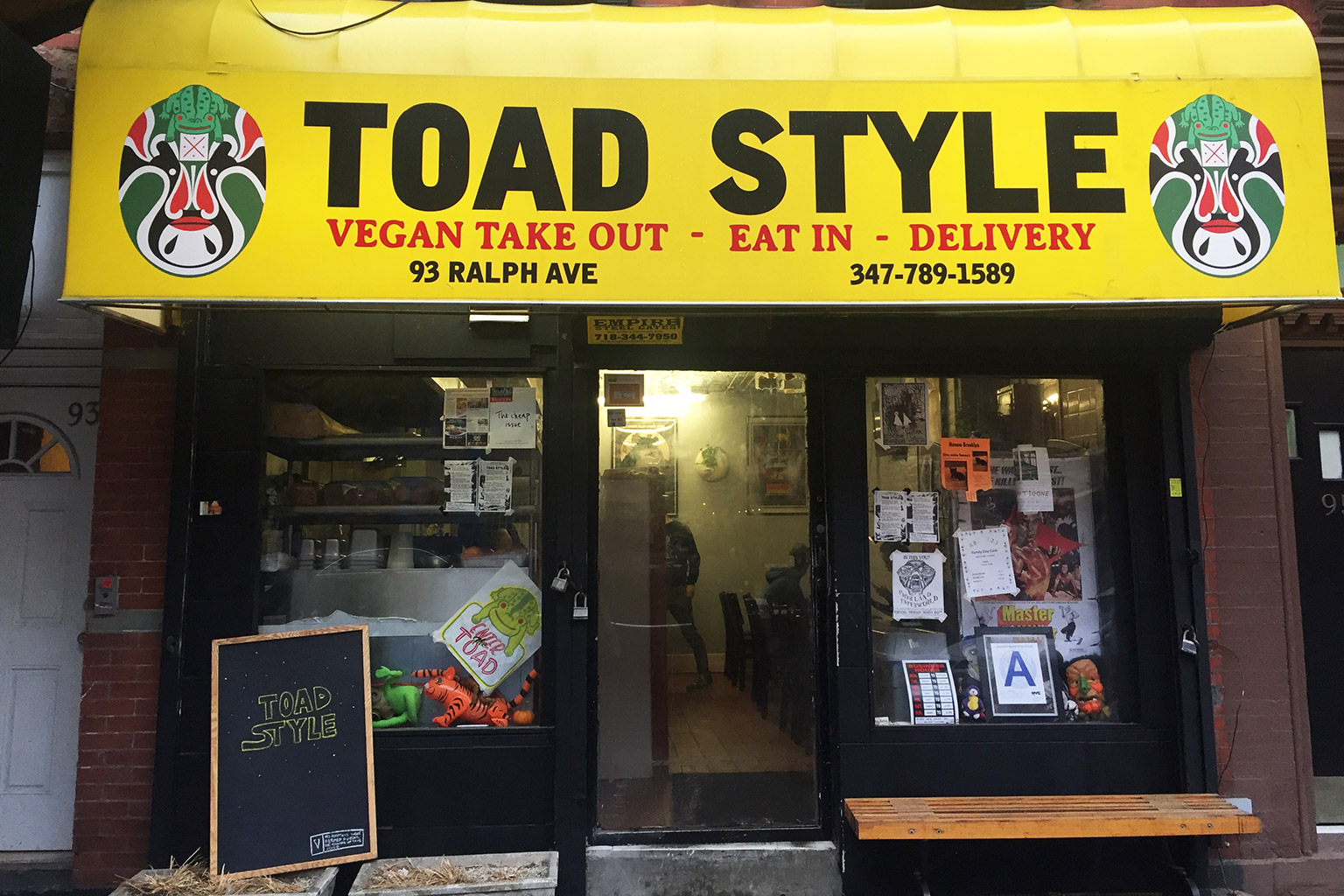
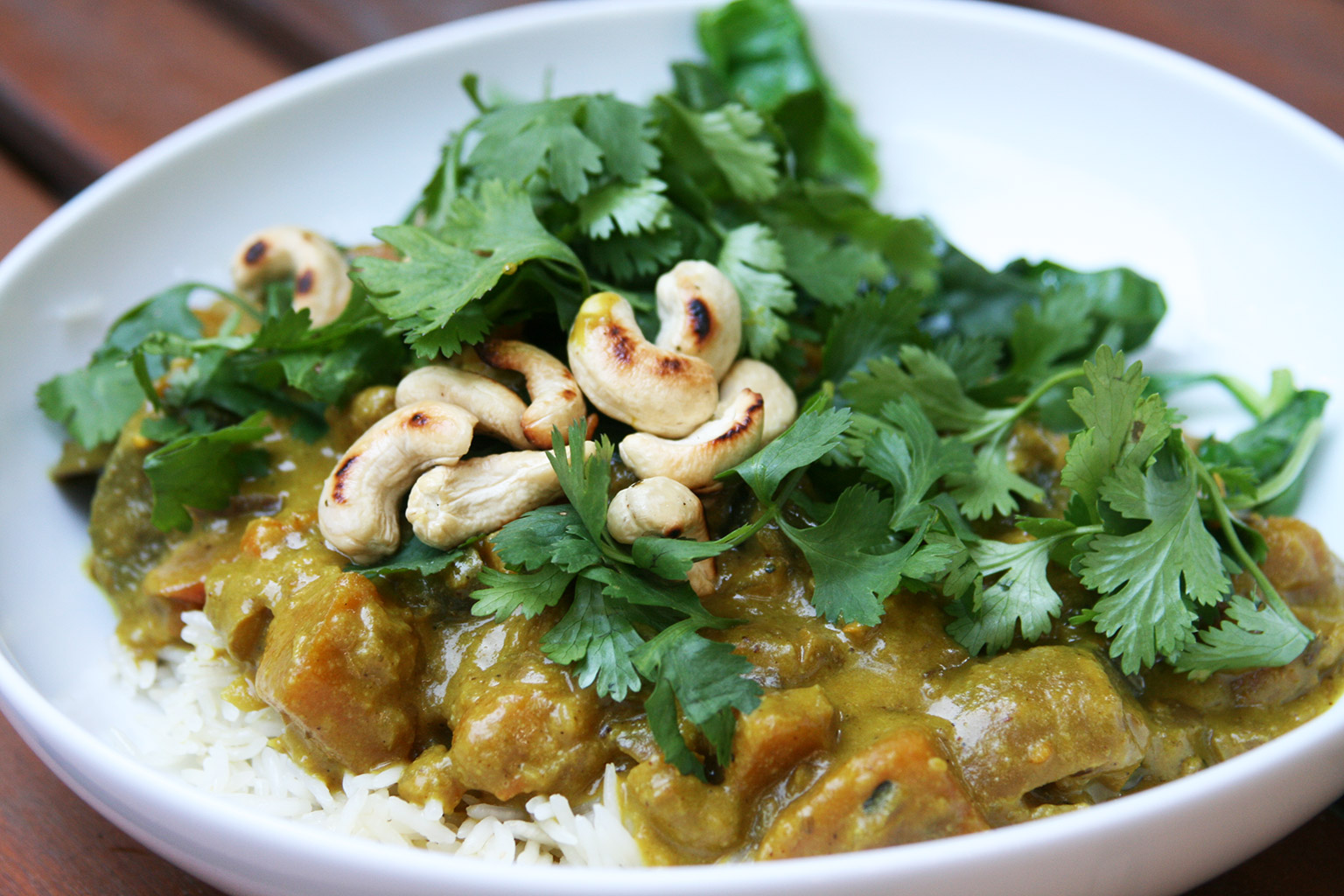



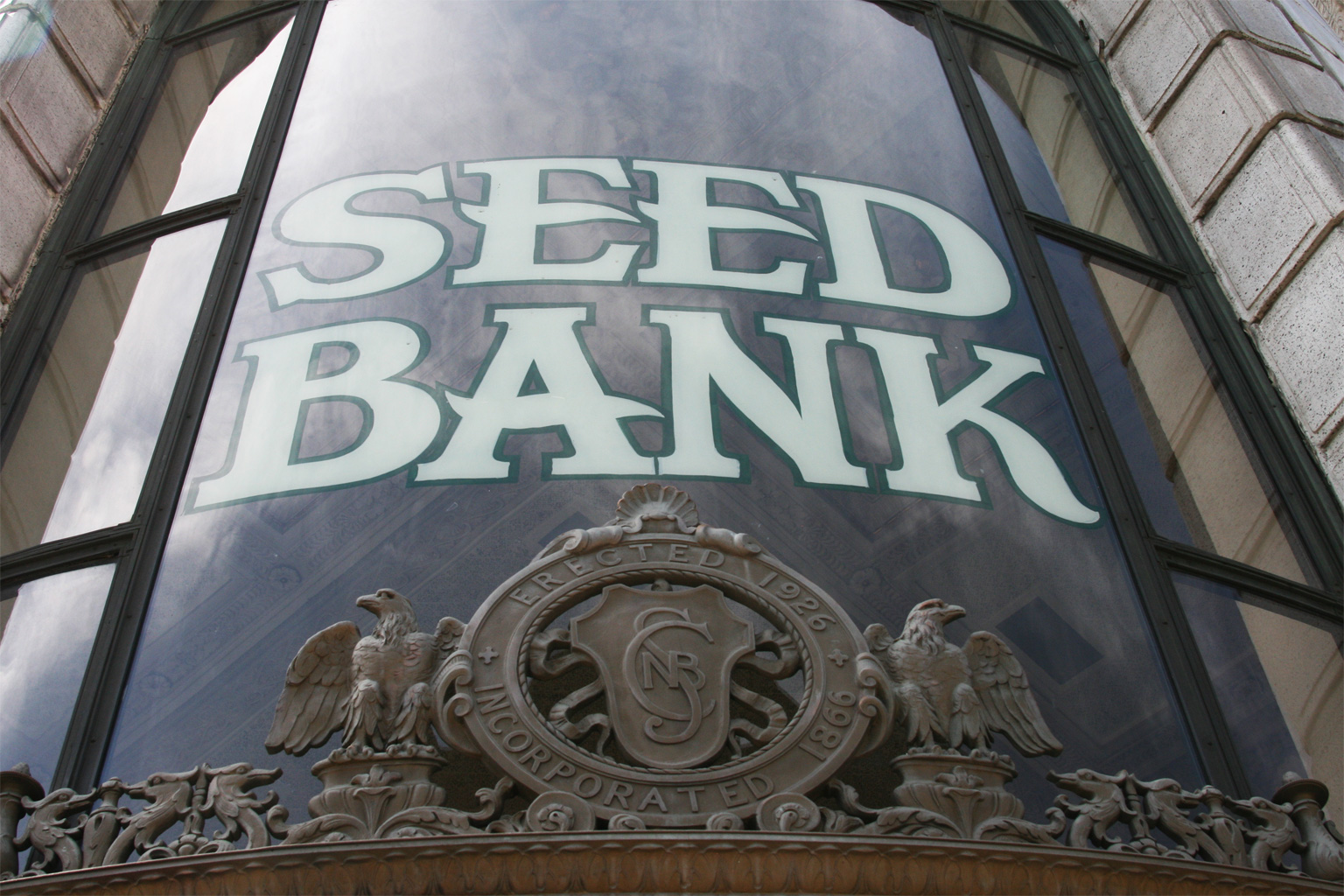
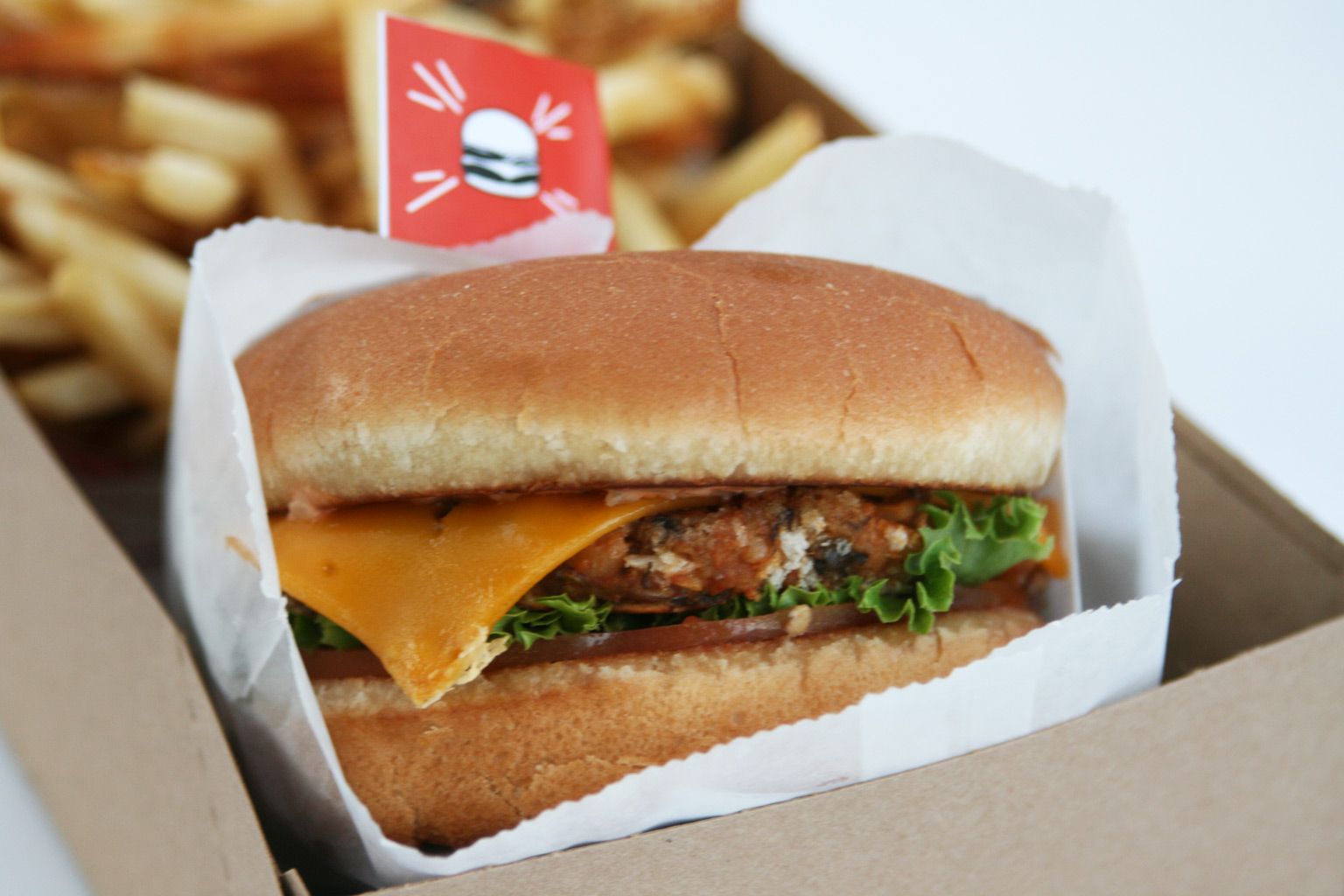
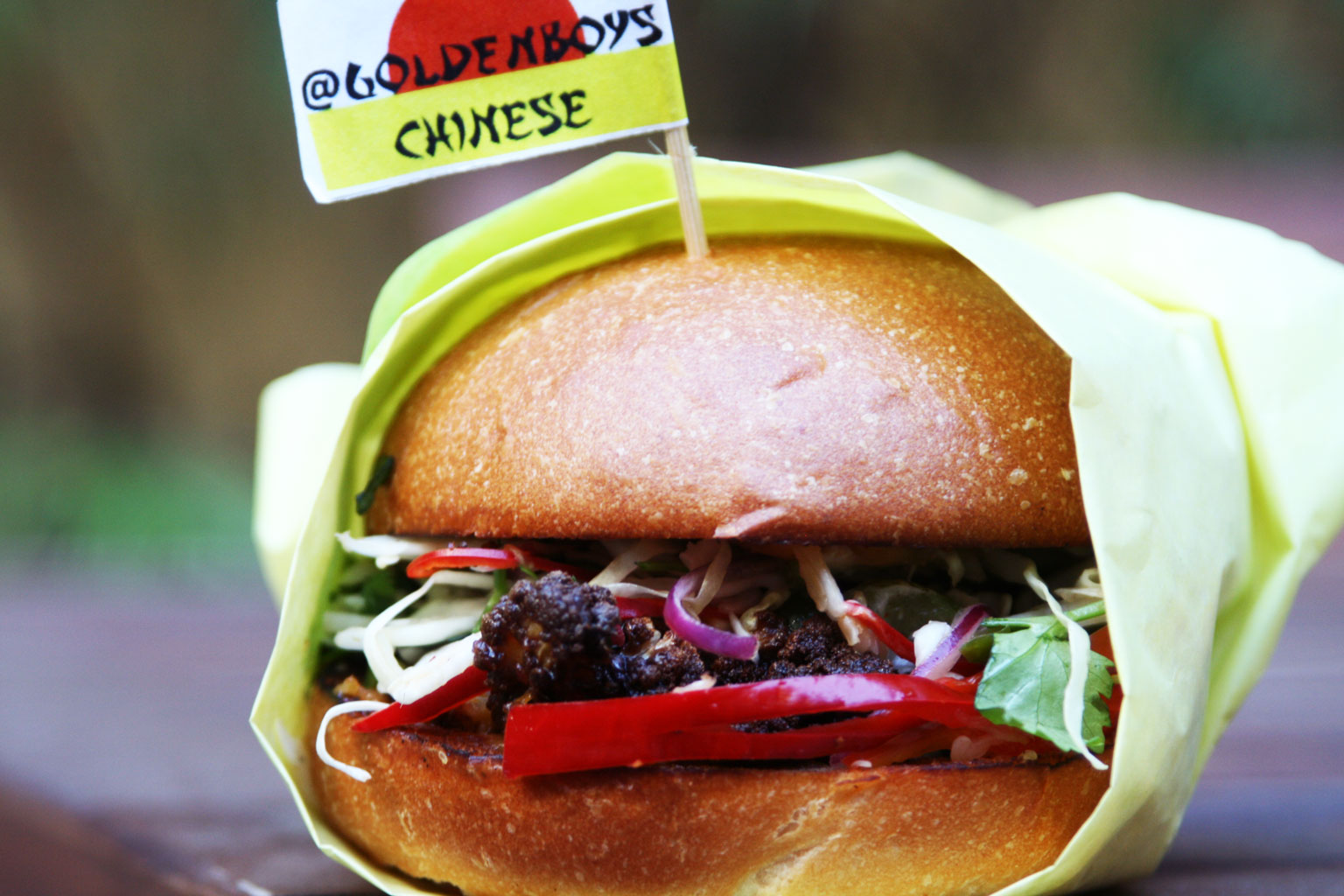







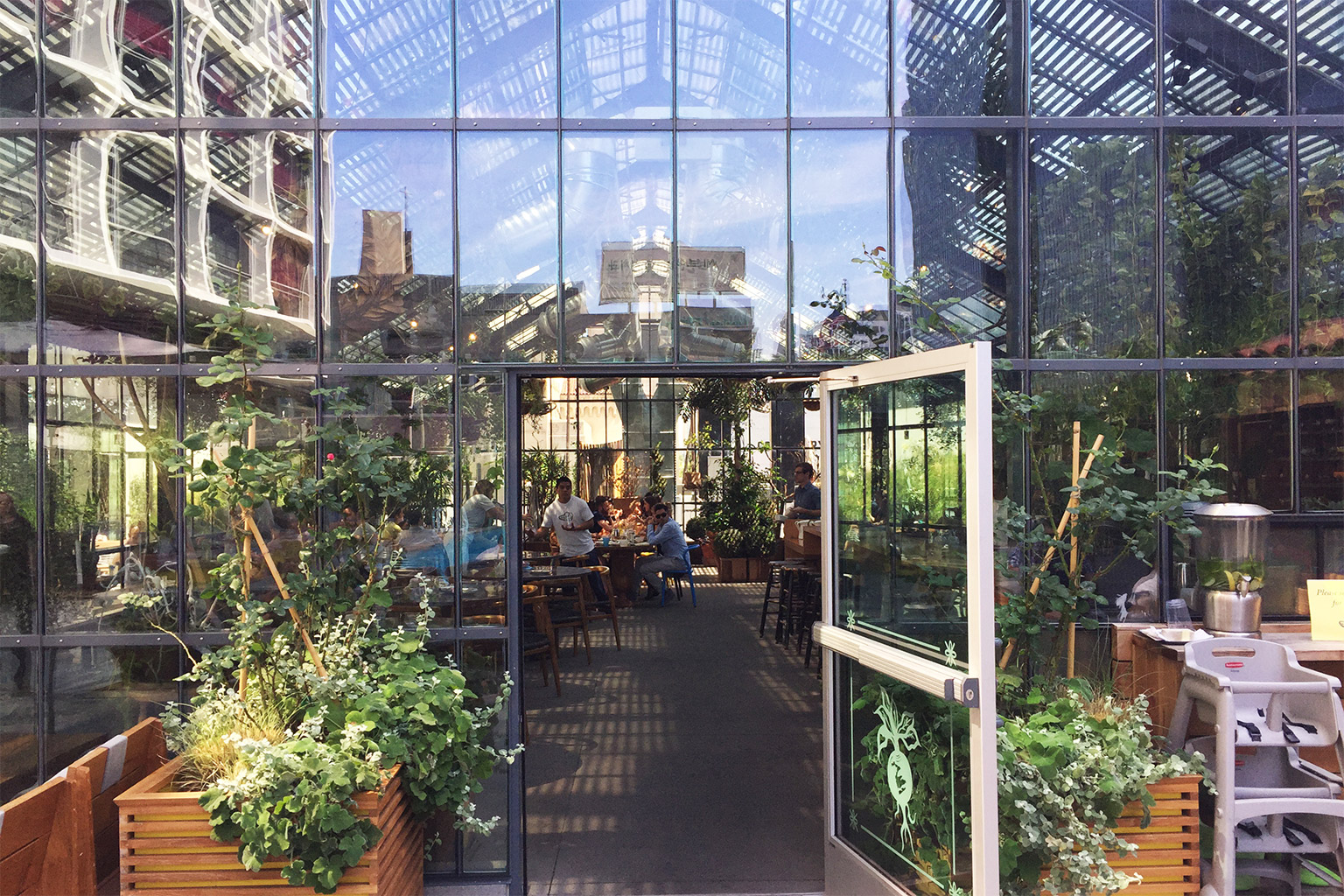


 But then, a breakthrough—we attended the
But then, a breakthrough—we attended the 


